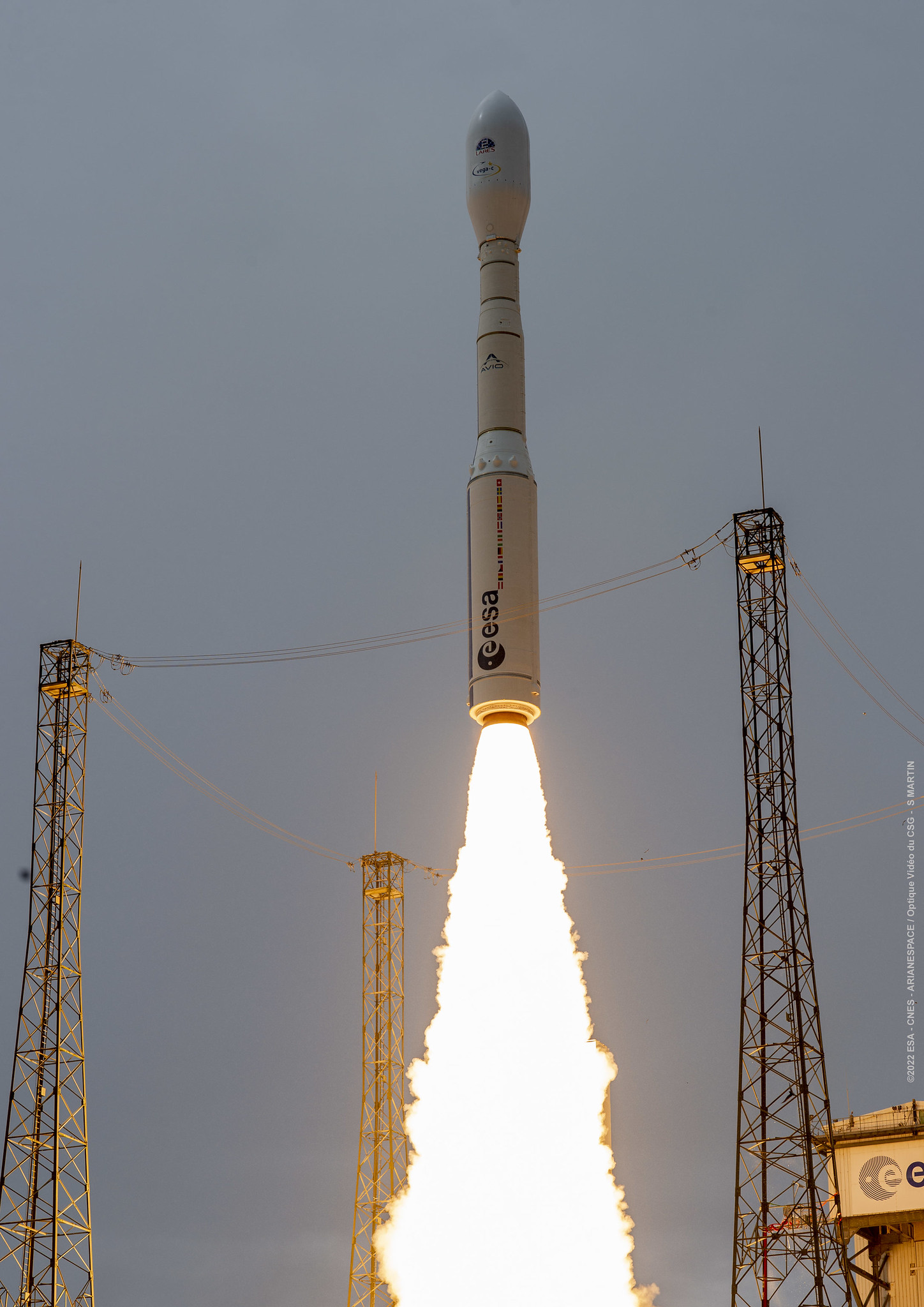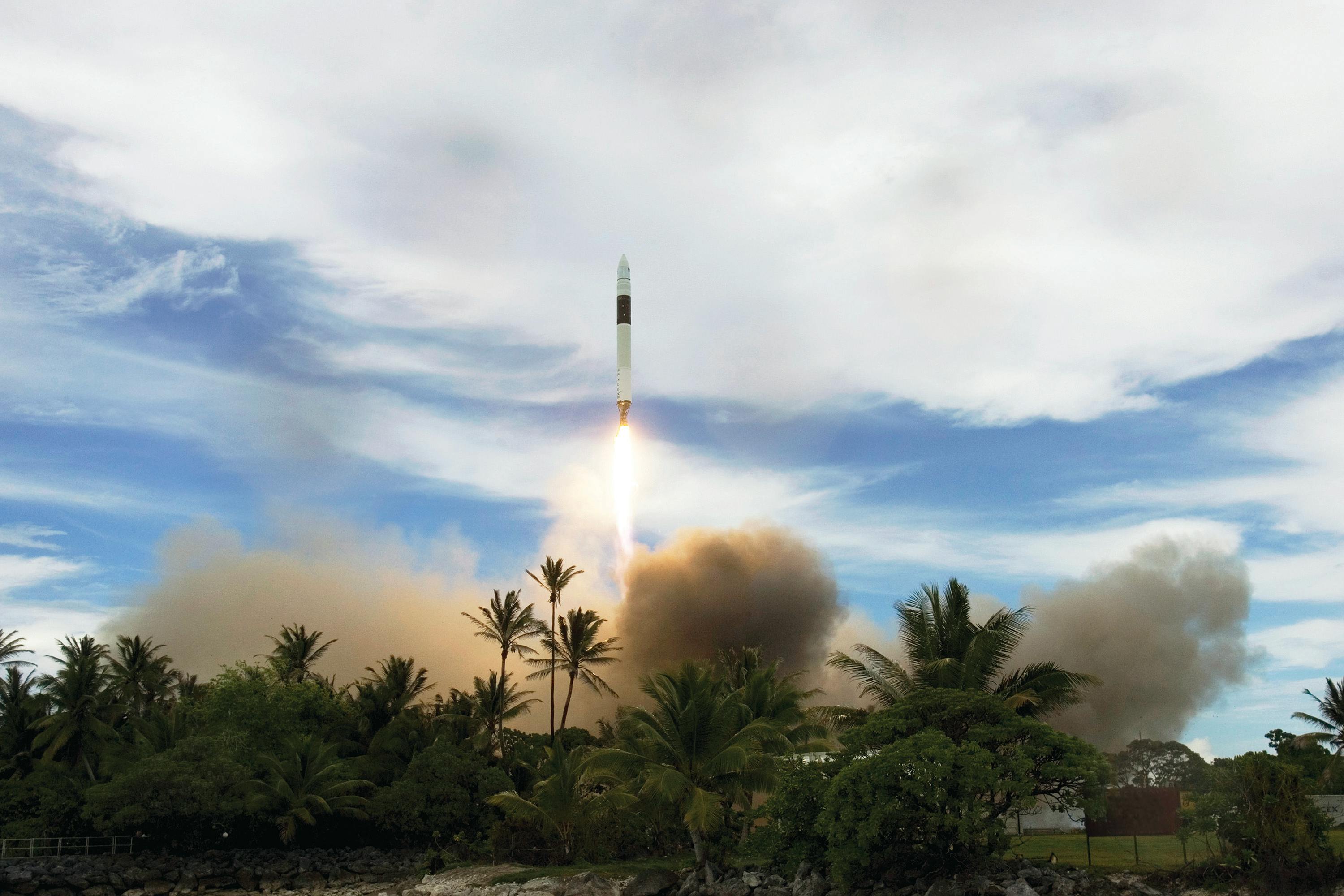· space brief · 4 min read
Space Brief 17 Mar 2025
Today's highlights include significant data release from NASA's Atmospheric Waves Experiment, SpaceX's dual launches of Crew-10 and Starlink satellites, and intriguing findings from the arctic ice studies.

📄Top Stories
NASA releases crucial data from the Atmospheric Waves Experiment following 3,000 orbits, offering insights into atmospheric disturbances affecting both terrestrial and space technologies. SpaceX successfully launches another batch of Starlink satellites shortly after sending Crew-10 to the ISS, showcasing its impressive launch cadence. Meanwhile, new research links accelerated Arctic ice melt to dust emissions from Greenland.
📰Detailed Coverage
NASA’s Atmospheric Waves Mission Releases Groundbreaking Data
NASA’s Atmospheric Waves Experiment (AWE), aboard the International Space Station, has surpassed its 3,000th orbit, releasing its first significant dataset. This mission aims to study the small yet impactful disturbances in Earth’s atmosphere and how they affect both ground-level technologies and satellite operations. The data promises to expand scientific understanding of atmospheric dynamics, potentially improving forecasting and technology safeguards.
The AWE mission specifically explores how energy transformations in the atmosphere can influence GPS signals, satellite communications, and radar systems. By tracking these disturbances more accurately, the mission aids in developing better predictive models crucial for military and civilian applications. You can follow this mission’s impact further on our web app.
Read the full story: Space Daily
SpaceX’s Launch Marathon: Starlink and Crew-10
In a remarkable demonstration of rapid launch capability, SpaceX launched another batch of Starlink satellites less than 12 hours after sending four astronauts to the International Space Station on the Crew-10 mission. The Starlink launch contributes to SpaceX’s ambitious goal of creating a global broadband internet network, while the Crew-10 mission continues the company’s manned spaceflight collaboration with NASA.
The Starlink deployment, coupled with the rideshare Transporter 13 mission from California, highlights SpaceX’s robust operational rhythm and flexibility in catering to both commercial and governmental space needs. The continuous expansion of Starlink also opens up new opportunities for satellite tracking and real-time data utilization.
Read the full story: Space Daily
Accelerated Arctic Ice Melt: A Dusty Dilemma
Emerging research indicates that the faster-than-expected melting of Arctic ice might be partly attributed to dust blown northward from Greenland. This discovery, facilitated by a NASA mission, sheds light on a critical but understudied factor affecting climate change—a hypothesis that could recalibrate current models predicting Arctic ice loss.
Understanding the role of particulate matter, such as dust, in accelerating ice melt is crucial for developing accurate climate models and mitigation strategies. This research reinforces the importance of earth observation satellites in monitoring environmental changes and their global impacts.
Read the full story: Space.com
🛰️Satellite Spotlight
- Satellite Name: ARIANE 5 DEB [SYLDA]
- NORAD ID: 27952
- Launch Date: 2003 Sep 27
- Mission: This object is a payload adapter used in Ariane 5 launches, part of the debris catalog but still tracked for monitoring purposes.
- Orbit: Inclination: 7.1884 degrees, Period: Approximately 638 minutes, Eccentricity: 0.7137782
- Operator: ArianeGroup
- Fun Fact: The SylDA (Système de Lancement Double Ariane) is a structural element designed to accommodate dual payloads, allowing Ariane 5 to deploy two independent satellites.
Current TLE Data:
1 27952U 03043F 25075.80521787 -.00000155 00000+0 -17470-2 0 9995 2 27952 7.1884 112.2743 7137782 188.1122 146.8256 2.26324699177104
Track this satellite in real-time on our web app: Track ARIANE 5 DEB [SYLDA]
🚀Upcoming Space Launches
March 18
- Rocket Lab Electron:
- High Five (Kinéis 21-25) from Rocket Lab Launch Complex 1, Mahia Peninsula, New Zealand (01:31 UTC) Last of five batches of satellites for the French Kinéis IoT constellation designed to operate with 25 nanosatellites.
- SpaceX Falcon 9 Block 5:
- Starlink Group 12-25 from Cape Canaveral SFS, FL, USA (18:09 UTC) A batch of 23 satellites for the Starlink mega-constellation, a project for space-based Internet communication.
March 20
- SpaceX Falcon 9 Block 5:
- NROL-57 from Vandenberg SFB, CA, USA (06:02 UTC) Eighth batch of satellites for a reconnaissance satellite constellation for the National Reconnaissance Office.
- Isar Aerospace Spectrum:
- Maiden Flight from Andøya Spaceport (12:30 UTC) First flight of the Isar Spectrum launch vehicle.
March 21
- Galactic Energy Ceres-1:
- Unknown Payload from Jiuquan Satellite Launch Center, People’s Republic of China (11:00 UTC)
March 22
- SpaceX Falcon 9 Block 5:
- Starlink Group 11-7 from Vandenberg SFB, CA, USA (20:45 UTC) A batch of satellites for the Starlink mega-constellation, a project for space-based Internet communication.
March 24
- SpaceX Falcon 9 Block 5:
- NROL-69 from Cape Canaveral SFS, FL, USA (00:00 UTC) Classified payload for the US National Reconnaissance Office.
March 31
- Gilmour Space Technologies Eris-1:
- Maiden Flight from Bowen Orbital Spaceport (00:00 UTC) Maiden flight of Gilmour Space’s orbital launch vehicle Eris.
Note: Launch dates and times are subject to change due to technical or weather considerations.

Maurice Stellarski





